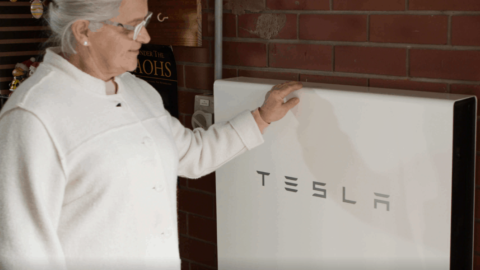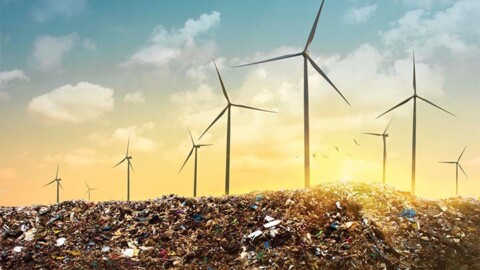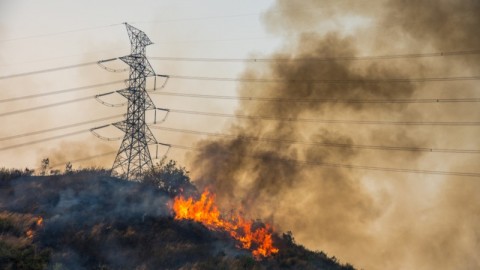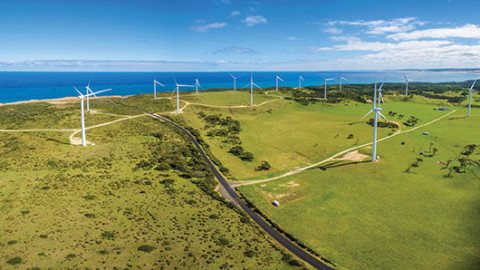Researchers from the Australian National University (ANU) have identified up to 1500 locations which could support the development of Pumped Hydro Energy Storage facilities (PHES).
If developed, researchers suggest the sites could be key to developing cost-effective, reliable, and 100 per cent renewable electricity grids.
PHES requires a pair of water reservoirs at different elevations as water is pumped from one reservoir to another. The electricity generated during this process can be stored and used at a later time.
ANU College of Engineering, Computing and Cybernetics’, Professor Andrew Blakers, said the technology could provide reliable and continuous energy for up to 50 years.
“On sunny and windy days, water is pumped uphill from the lower to the upper reservoir. On calm days or at night, the water returns downhill from the upper to the lower reservoir to generate power,” Mr Blakers said.
“This process can occur continuously for more than 50 years, making PHES a viable long-term storage solution to support solar and wind generated electricity and help the nation reach its target of achieving net zero.”
ANU’s latest study follows on from the team’s 2019 identification of 530,000 potential pumped hydro sites across the globe.
The ANU Bluefield PHES Atlas is designed to help accelerate Australia’s adoption of renewable energy systems and help the country reach its emissions reduction targets. Bluefield PHES sites are locations that already have an existing water reservoir that can be utilised. This means only one more reservoir needs to be built in order to achieve a PHES ‘pair’.
“Basically, we searched near every existing reservoir in Australia to find a potential matching reservoir site,” Professor Blakers said.
Australia has about 300 times more PHES storage potential than required to support a 100 per cent renewable energy system.
Reservoir sizes shown in the Bluefield Atlas range from two to 500GWh of energy storage. In comparison, the Kidston and Snowy 2.0 PHES systems currently under construction range from two to 350GWh.
The Bluefield Atlas uses geographic information system (GIS) techniques to identify potential PHES sites. Users can access detailed information about each of the proposed sites at the ANU website.
The new Atlas complements the University’s existing Greenfield Atlas, which lists 4,000 off-river PHES sites that are not linked to existing reservoirs. Greenfield sites require two new reservoirs to be built. Through their Bluefield and Greenfield atlases, the ANU researchers have so far identified about 5,500 potential sites across Australia that could be used.
The ANU Bluefield and Greenfield atlases received funding from the Australian Renewable Energy Agency ARENA. Learn more about ANU’s Bluefield PHES Atlas, here.
















